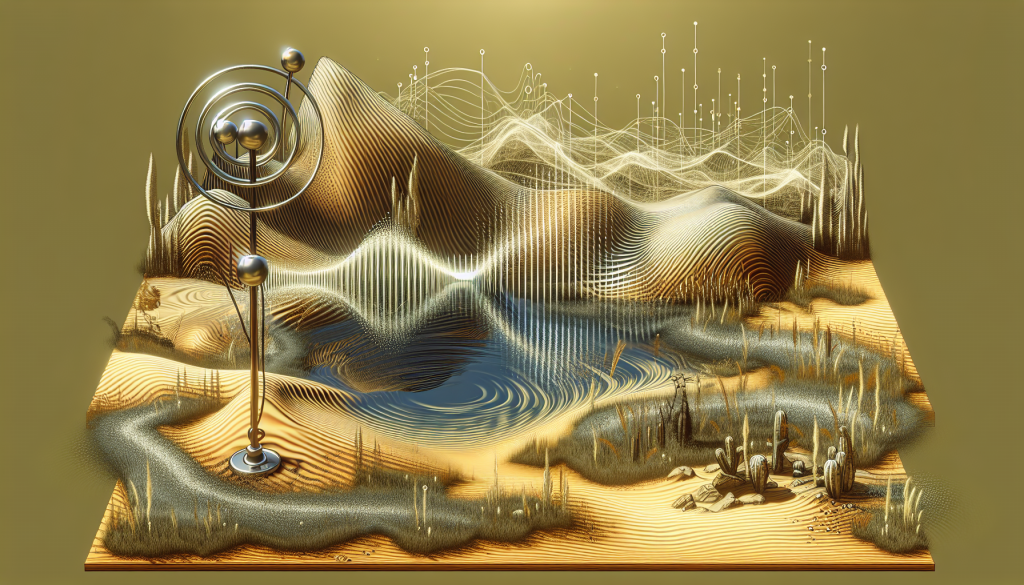Understanding Harmonic Balancer Vibration
What is a Harmonic Balancer?
A harmonic balancer, also known as a crankshaft damper, is a key part of your car’s engine. Its main job is to cut down on the vibrations from the engine, making sure everything runs smoothly. It’s usually found at the front of the crankshaft and has three parts: an inner hub, an outer ring, and a rubber layer in between. This rubber layer acts like a cushion, soaking up the vibrations when the engine is running.
Causes and Symptoms of Harmonic Balancer Vibration
Harmonic balancer vibration can come from a bunch of different problems. Knowing what causes these vibrations and spotting the symptoms early can save your engine from serious damage.
Causes of Harmonic Balancer Vibration
- Wear and Tear: Over time, the rubber layer between the inner hub and outer ring can wear out, making it less effective at damping vibrations.
- Misalignment: If the balancer isn’t installed right or shifts out of place, it can cause vibrations.
- Engine Modifications: Upgrading or modifying your engine can mess with the harmonic balancer, especially if it’s not built to handle the extra stress.
- Oil Contamination: Oil leaks can break down the rubber, making it less effective at absorbing vibrations.
Symptoms of Harmonic Balancer Vibration
Spotting the symptoms of harmonic balancer vibration early is crucial. Here are some common signs:
- Engine Vibration: You might feel noticeable vibrations in the engine, especially when revving up.
- Noise: Strange noises coming from the front of the engine can be a sign that the harmonic balancer is failing.
- Visible Damage: Look for cracks or separation in the rubber layer of the balancer.
- Performance Issues: You might notice your engine isn’t performing as well or your fuel efficiency has dropped.
| Symptom | Possible Cause |
|---|---|
| Engine Vibration | Worn-out rubber layer |
| Noise | Misalignment or wear |
| Visible Damage | Deterioration or oil contamination |
| Performance Issues | Ineffective damping |
Fixing these symptoms quickly is important to avoid more damage. For more details on diagnosing vehicle vibrations, check out our vehicle vibration diagnosis guide.
Knowing the causes and symptoms of harmonic balancer vibration can help keep your car running smoothly. For more info on related issues, take a look at our articles on car shaking at high speeds and steering wheel vibration.
Fixing Harmonic Balancer Vibration
Diagnosis and Inspection
Got a shaky ride? Let’s get to the bottom of it. The harmonic balancer, or crankshaft damper, keeps your engine running smoothly. If it’s acting up, you need to sort it out pronto.
- Look It Over: Check the balancer for cracks, a split rubber ring, or any wobbling while the engine’s running.
- Listen Up: Hear any rattling or knocking from the engine? That could be your balancer crying for help.
- Feel the Vibes: Notice any weird vibrations when idling, speeding up, or cruising? Check out our guides on car shakes at idle and car vibration when accelerating for more tips.
- Use the Gadgets: Grab some diagnostic tools to check if the balancer is off-kilter. This can pinpoint any imbalances causing the shakes.
Fixing and Swapping Out
Once you know the balancer’s the culprit, here’s what you can do:
- Quick Fixes: If it’s just loose bolts or a bit of misalignment, a quick tighten or realignment might do the trick.
- Swap It Out: If the balancer’s busted, you’ll need a new one. Make sure the replacement fits your car’s make and model.
- Check the Neighbors: While you’re at it, inspect the crankshaft, belts, and pulleys. Replace any worn parts to avoid future headaches.
- Call the Pros: If you’re not comfortable doing it yourself, get a mechanic. They’ll sort it out and get your car running smoothly again.
Here’s a handy table to sum it up:
| Symptom | Potential Issue | Fix |
|---|---|---|
| Cracks | Damaged Balancer | Replace |
| Rattling | Loose Parts | Tighten or Replace |
| Vibration at Idle | Misalignment | Realign or Replace |
| Knocking | Worn Balancer | Replace |
For more on car troubles, check out our articles on steering wheel vibration, car shakes when braking, and driveshaft vibration.
Follow these steps, and you’ll have a smoother ride in no time.



